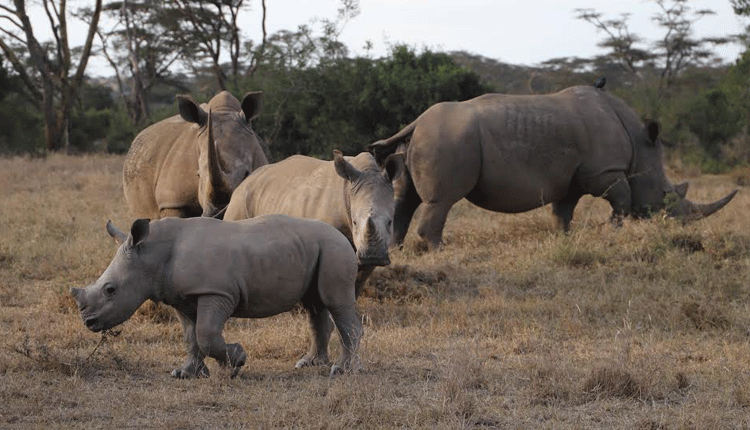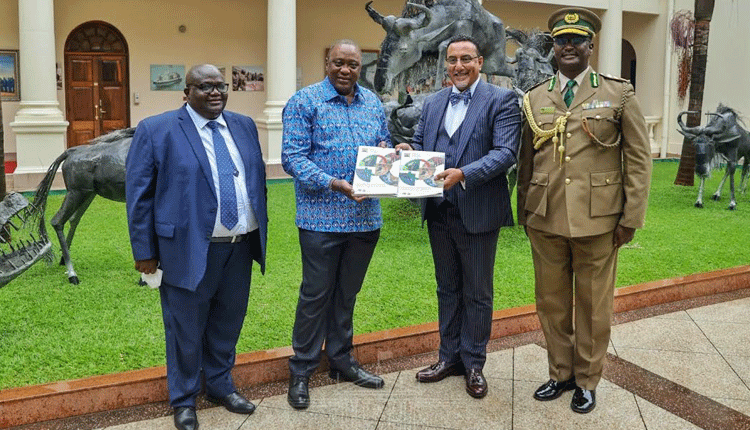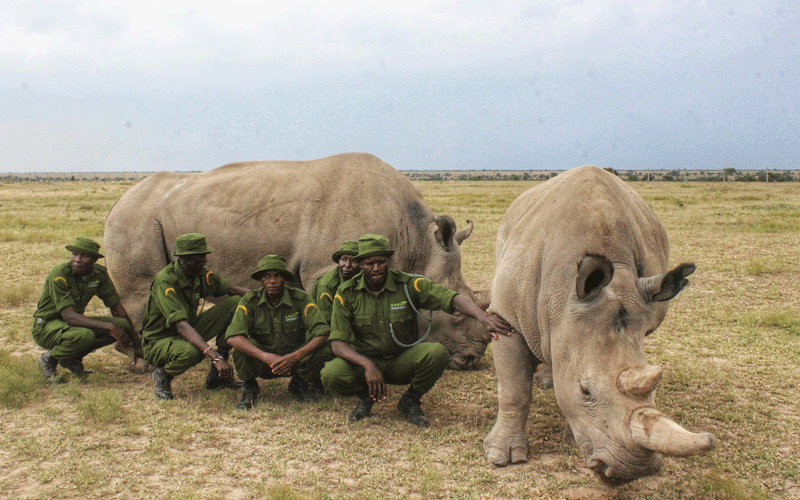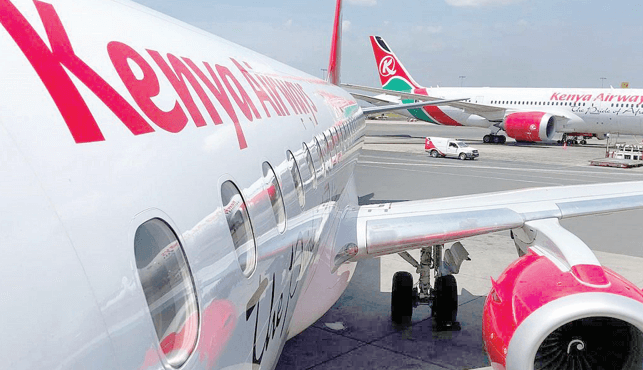Wildlife census will help boost travel, tourism players say

Kenya is rightly celebrating its success at conserving wildlife with the country’s first ever national wildlife census results published last week showing a remarkable increase of elephants, rhinos, lions, giraffe, grevy’s zebra, hirola among others and established baseline numbers for other species.
According to the census, the country has a total of 36,280 elephants, a 12 per cent jump from the figures recorded in 2014.
“That’s good news at a time when most conservation reports have resembled doomsday scenarios.
We must thoroughly congratulate all those behind this extraordinary turnaround,” Nelima Wekesa, a conservationist applauds.
She says one of the most important consevation benefits provided by wildlife tourism occurs when it provides an economic incentive for maintaining or restoring natural habitats.
Wildlife tourism is a huge economy around the globe. A World Worldlife Fund (WWF)-backed report in 2015 states that visits to the world’s protected areas is a US650 billion (Sh71.5 trillion) industry.
It has largely developed in the last 20 years, now mostly aimed at and enjoyed by the domestic visitors’ market.
The Cabinet Secretary for Tourism, Najib Balala while officially releasing census results, after the exercise, which was conducted between May and July 2021 under the theme, “Count to Conserve”, the census counted over 30 species of mammals, birds and marine species in various ecosystems, covering nearly 59 per cent of Kenya’s land mass.
Balala stated that the census report establishes an updated data base, which will form a basis for establishing real economic value of wildlife capital for reflections in the national budgeting process.
Obtaining this level of information allows for better policy, planning and assessment of areas that require focus in our interventions to maintain or improve our national conservation efforts,” he said during a press briefing at the International Union for Conservation of Nature (IUCN) congress in Marseille, France.
Being that tourism, particularly wildlife tourism, goes hand in hand with conservation tourism, players are optimistic that the report is crucial in boosting the industry.

The country occupies 580,367 square kilometres, out of which approximately 44,359 square kilometres or 7.5 per cent is wildlife conservation area.
Kenya’s wildlife is one of the richest and most diversified in Africa with a number of its protected areas and wetlands being internationally recognised and protected as World Heritage Sites, Ramsar sites and biosphere reserves.
The protected areas embrace various types of ecosystems namely: forests, wetlands, savannah, mountains, marine, arid and semi-arid.
The protected areas comprise of 23 terrestrial national parks, 28 terrestrial national reserves, four marine national parks, six marine national reserves and four national sanctuaries.
The country owes its global reputation as a leading safari destination to its wildlife and the memorable experience that visitors get when they interact with nature during their visits.
Consequently, wildlife conservation is crucial to tourism as its linked to the country’s economic development, as well as livelihoods.
“At the moment, there is no immediate impact on safari tourism, however, the census report restores confidence in both international and regional travellers and reiterate that Kenya is serious about conservation of its wildlife and marine life with the aim of improving for better,” notes Felix Migoya, East Africa Tour Guides and Drivers Association.
“Tourism and conservation goes in tandem and neither can succeed without the other. It is along term win-win situation”
“It is an important exercise that will assist the county government in knowing the species and in identifying priority areas with specific locations in mind, especially in mitigating human-wildlife conflicts,” says George Emoru, the Tourism County Executive Committee member Turkana county.
Manage migratory routes
Pauline Ngoli Pusiye, the Deputy Director of Natural Resources in Turkana county says the county had a unique ecosystem as majority of the wildlife is found in community land and with the presence of the international borders (Uganda, South Sudan and Ethiopia) wildlife can be found on both sides of the borders.
“We have a lot of cross border movement of wildlife and with the National Wildlife Census report, the National and Turkana County Governments can collaborate in managing the migratory routes identified in this exercise,” she added.
Catherine Wambani, the Kenya Wildlife Service Assistant Director Western Conservation Area, says she was encouraged that the county was seeking to gazette more area to protect and conserve wildlife.
“This will attract more resources from the National Government and make it a priority in management, support developmental infrastructure, as well as attract interest by visitors to those areas, thus boosting tourism efforts,” she says.
The survey also counted 1,739 rhinos, 897 critically endangered black rhinos and 840 southern white rhinos, and said the tourist magnet Masai Mara National Reserve was home to nearly 40,000 wildebeests.
“Efforts to increase penalties on crimes related to threatened sp ecies appear to be bearing fruits,” the report, which counted 30 species of animals and covered nearly 59 per cent of Kenya’s land mass,” said the report.
However, some players are not satisfied with the findings. “The report is sad because money has been spent on an exercise that doesn’t really help anyone,” says Peter Liech, an author, philanthropist and a gold level safari guide.
“How can there be more cheetahs than waterbucks in Kenya? The report and graphics is potentially dangerous.
Any enemy of the Nairobi National Park, for instance, will look at this and say, “Why are we bothering with one tortoise, one crocodile, and three lions? Time to degazette and develop that land,” he continues.
Liech adds that while some of the numbers look encouraging , such as the lions, some of them are surprisingly low, such as the impala, waterbuck and the hartebeest.
“I’m not sure if that’s a reflection of reality on the ground or issues with the methods used.
There are some really bizarre numbers in the report like 32,000 elephant, but only 8,000 warthogs? Hippos are odd toed ungulates?
If you look on page 21 or 22 of the report, there is a map of the areas they missed and Ukambani seems to be one of them,” he observes.















